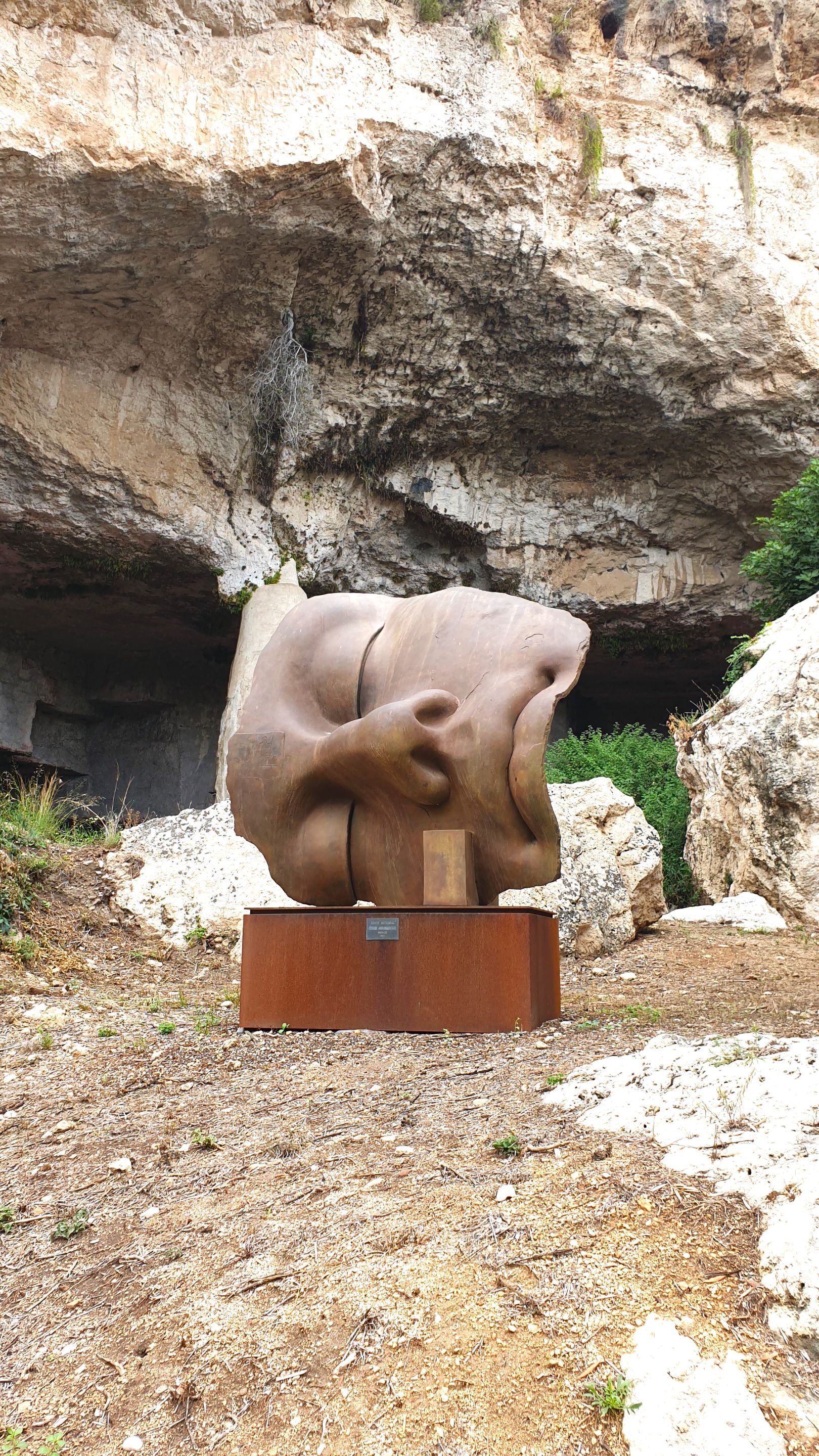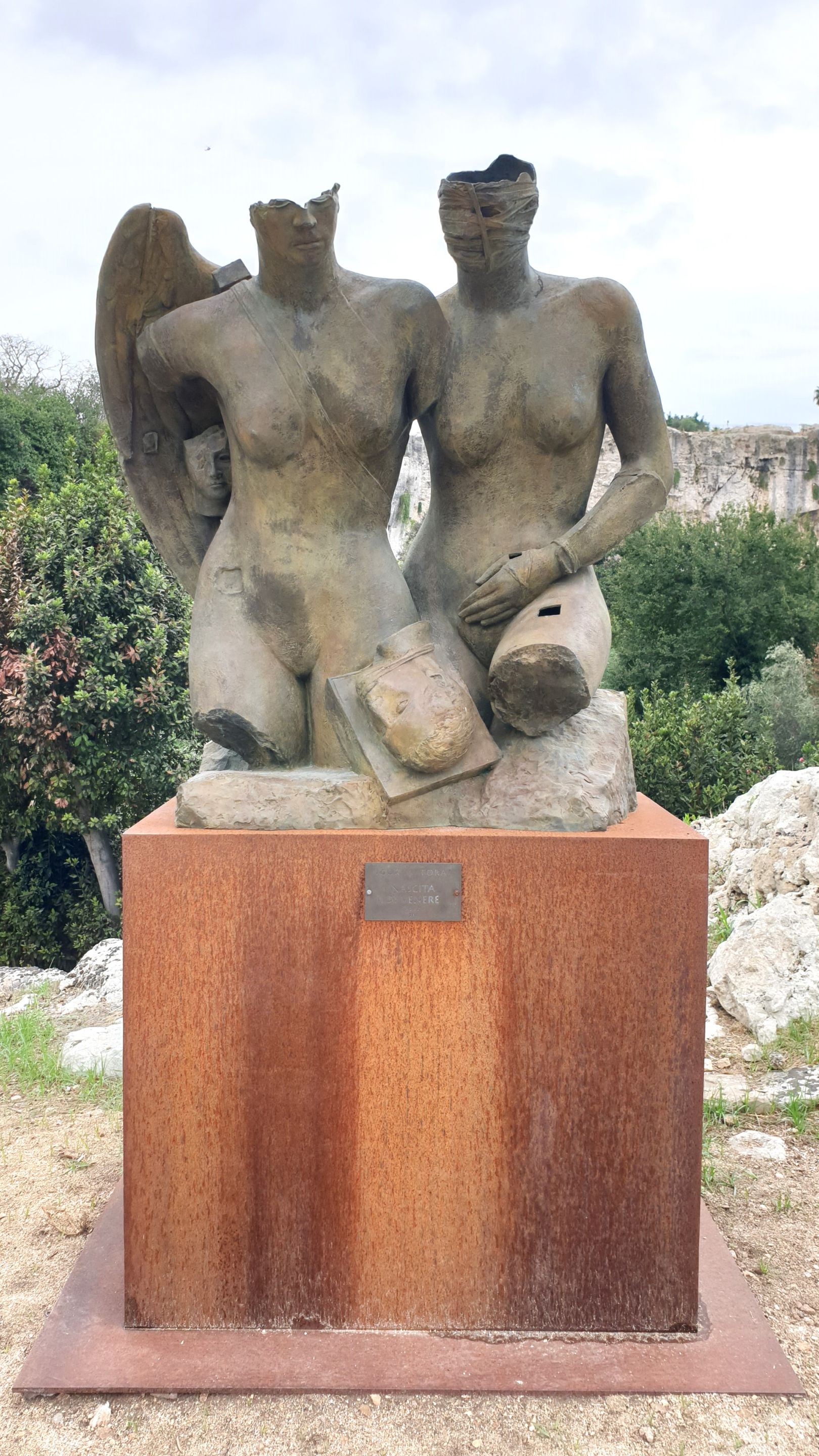ENG
Hello Hivers and welcome back to my Blog!
The journey to discover the
beautiful island of Ortigia, in the province of Syracuse, continues. In the last post I talked about the
underground city, if you missed the story you can find it in this
link.
Few people know that in Ortigia there is one of the best preserved examples of a Roman amphitheater. It’s located inside the archaeological park of Syracuse, which I was lucky enough to visit a few months ago.
Taking a walk here is like getting into a time machine and returning to antiquity. The complex of monuments is truly rich and well preserved. In addition, you can observe lush vegetation with centuries-old trees, orange trees and olive trees. This place was called "Neapolis", or "New City".
ITA
Ciao Hivers e bentornati sul mio Blog!
Prosegue il viaggio alla scoperta della
bellissima isola di Ortigia, in provincia di Siracusa. Nello scorso post ho parlato della
città sotterranea, se ti sei perso il racconto lo puoi recuperare in questo
link.
Poche persone sanno che a Ortigia esiste uno dei più ben conservati esempi di anfiteatro romano. Si trova all’interno del parco archeologico di Siracusa, che ho avuto la fortuna di visitare qualche mese fa.
Fare una passeggiata qui è come salire sulla macchina del tempo e tornare all’antichità. Il complesso di monumenti è davvero ricco e ben conservato. Inoltre, si può osservare una vegetazione rigogliosa con alberi secoli, aranci e ulivi. Questo luogo era chiamato “Neapolis”, ovvero “Città nuova”.

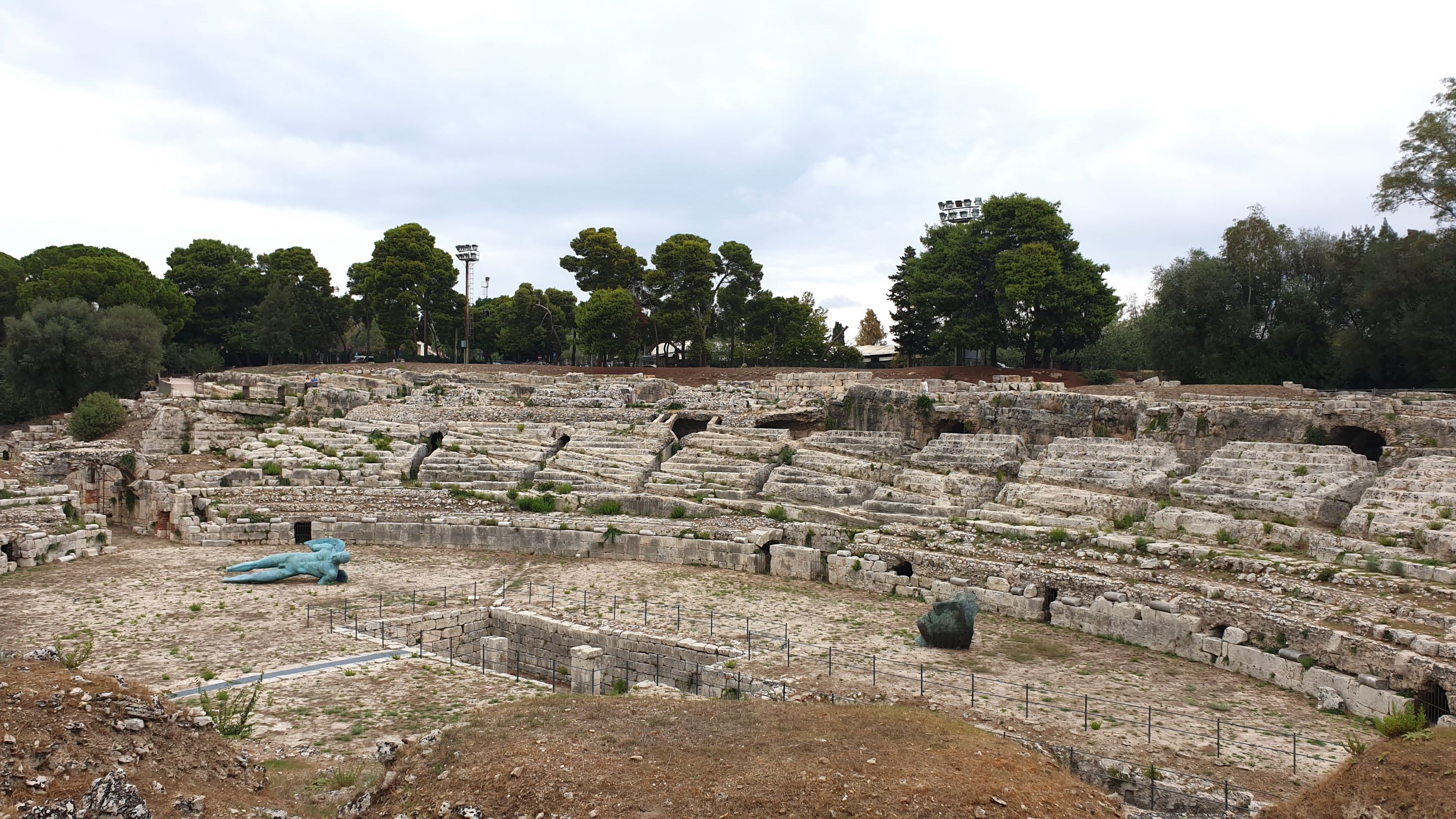
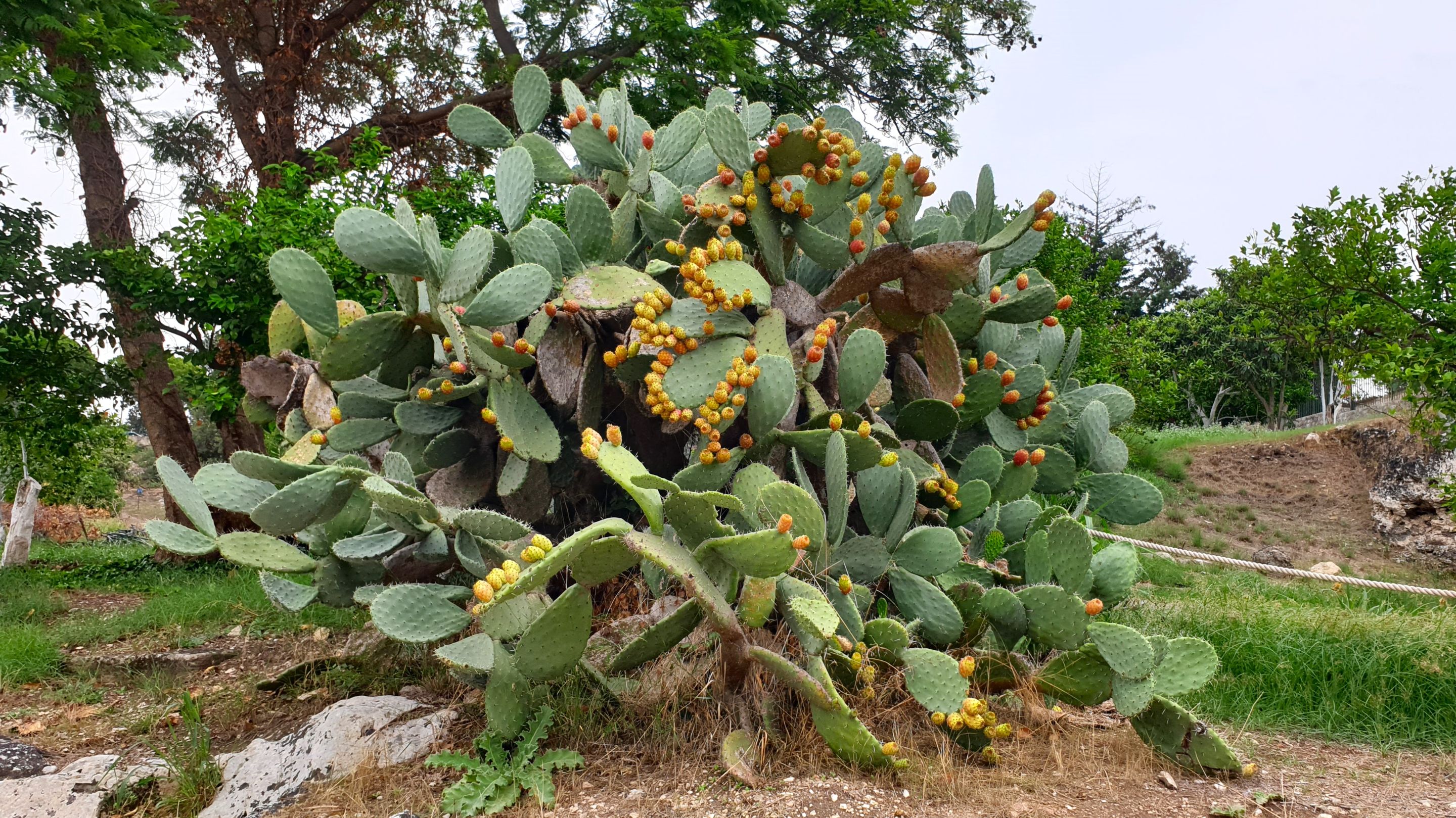
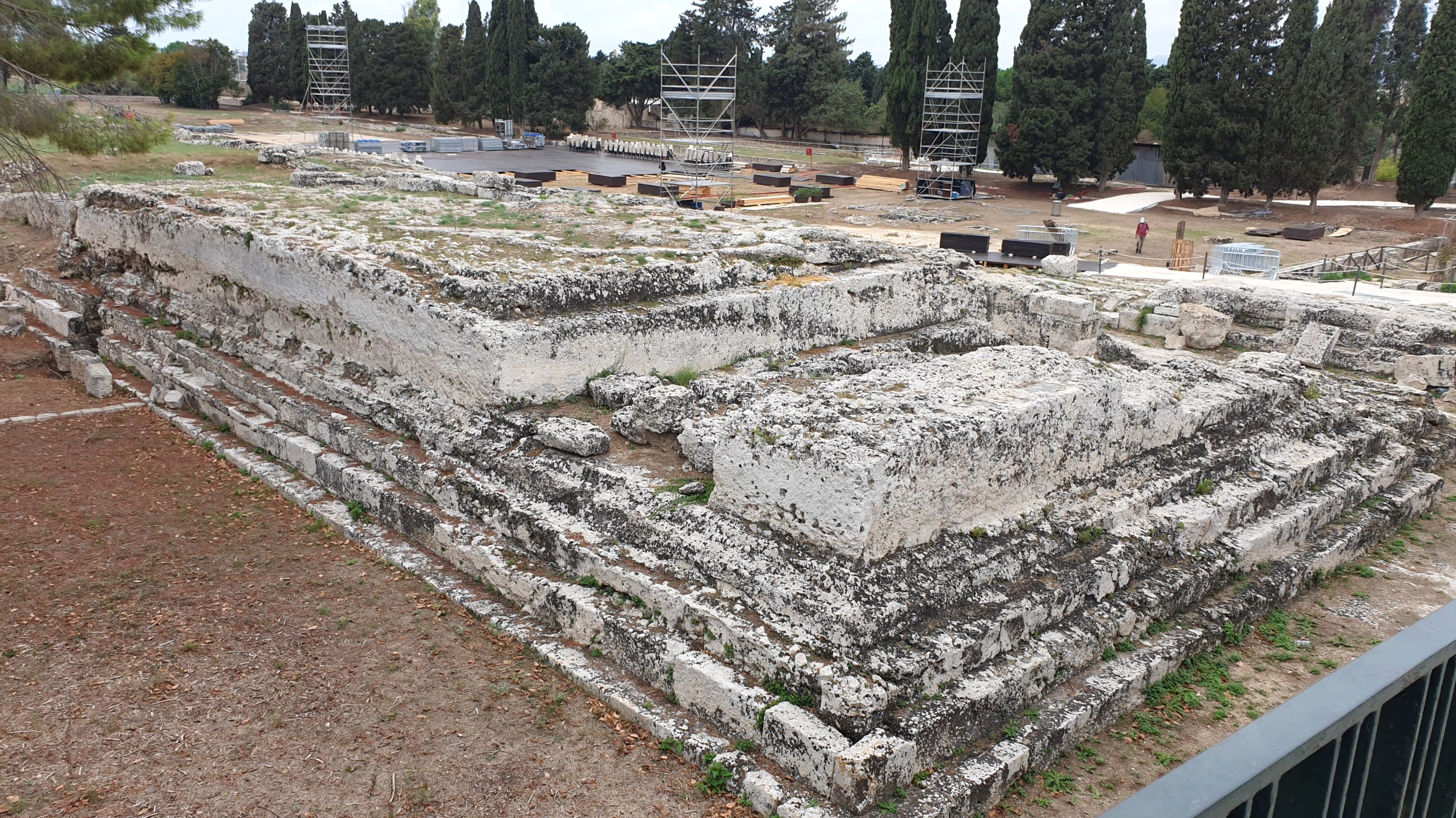
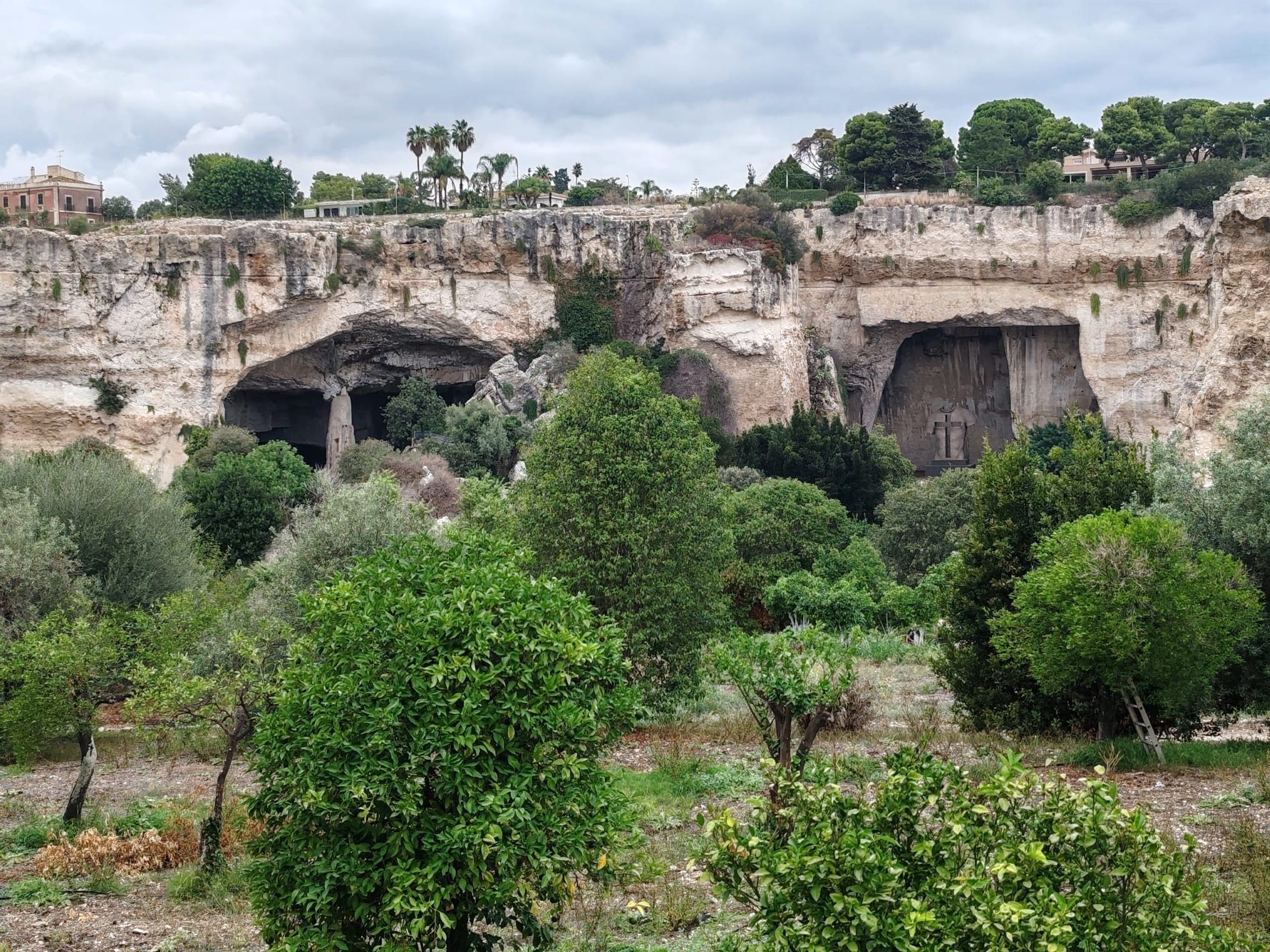
The archaeological park also includes the remains of a Greek theater dating back to the 5th century BC.
Its peculiarity is the fact that it is completely dug into the rock, with 67 rows of steps for spectators. It can accommodate up to 15,000 spectators!
Il parco archeologico comprende anche i resti di un teatro greco datato V secolo a.C.
La sua particolarità è il fatto di essere completamente scavato nella roccia, con 67 file di gradini per gli spettatori. Può ospitare fino a 15000 spettatori!
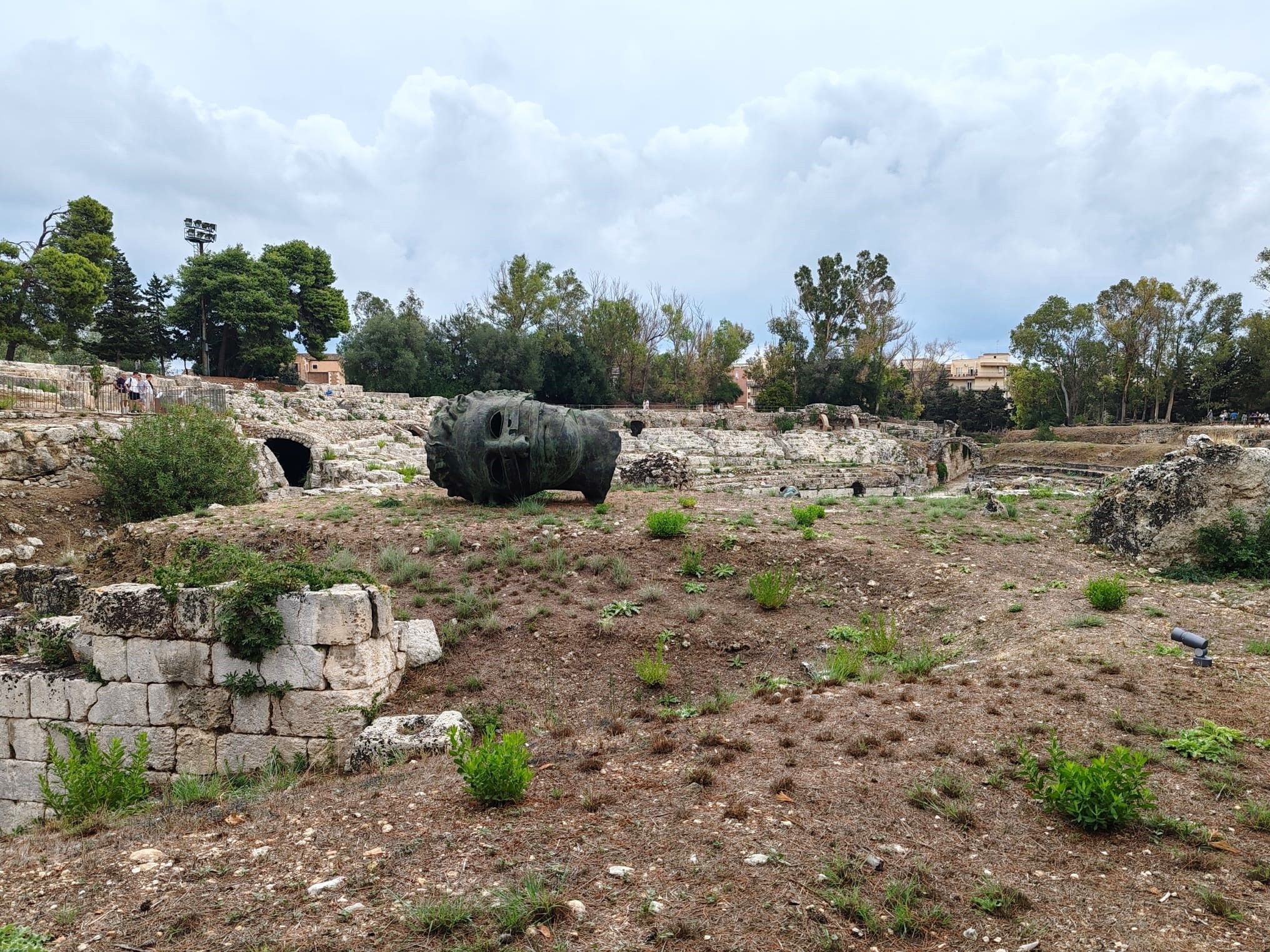
In this enchanting place there are also some caves, the most famous of which is the Ear of Dionysus, which leave you breathless for their beauty. It is an artificial cave, dug into the rock, which has extraordinary acoustics capable of amplifying sounds.
Legend has it that Dionysus used this cave as a prison and that he could hear the whispers of the prisoners from outside. From a small hole, the tyrant could listen without being seen, the whispers of the prisoners, and decide to have them killed.
In questo luogo incantevole sono presenti anche alcune grotte, di cui la più famosa è l’Orecchio di Dioniso, che lasciano senza fiato per la loro bellezza. Si tratta di una grotta artificiale, scavata nella roccia, che presenta un’acustica straordinaria in grado di amplificare i suoni.
La leggenda dice che Dionisio utilizzasse questa grotta come prigione e che potesse udire i sussurri dei prigionieri dal di fuori. Da un piccolo foro, il tiranno poteva ascoltare senza essere visto, i sussurri dei prigionieri, e decidere di farli uccidere.
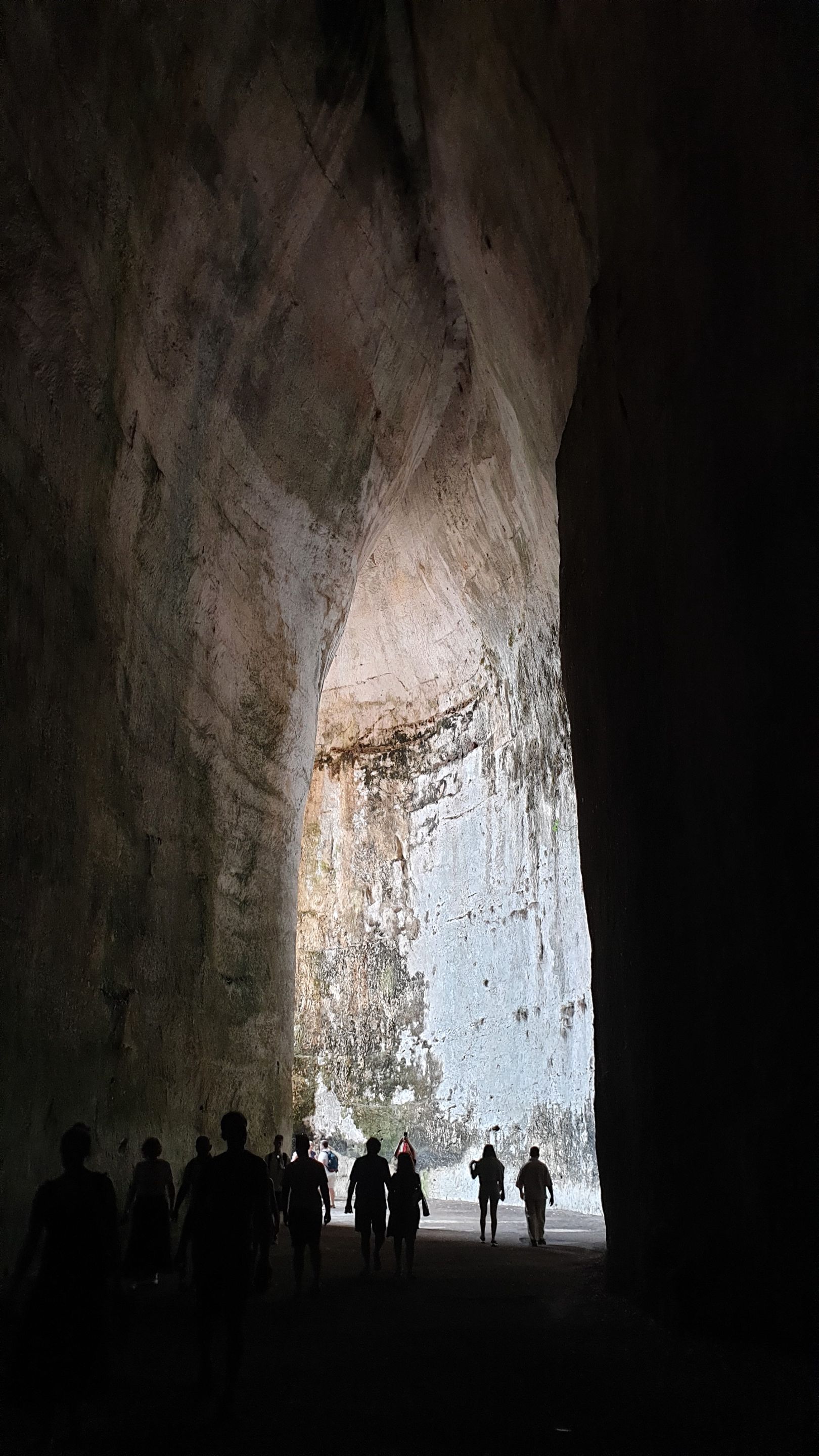
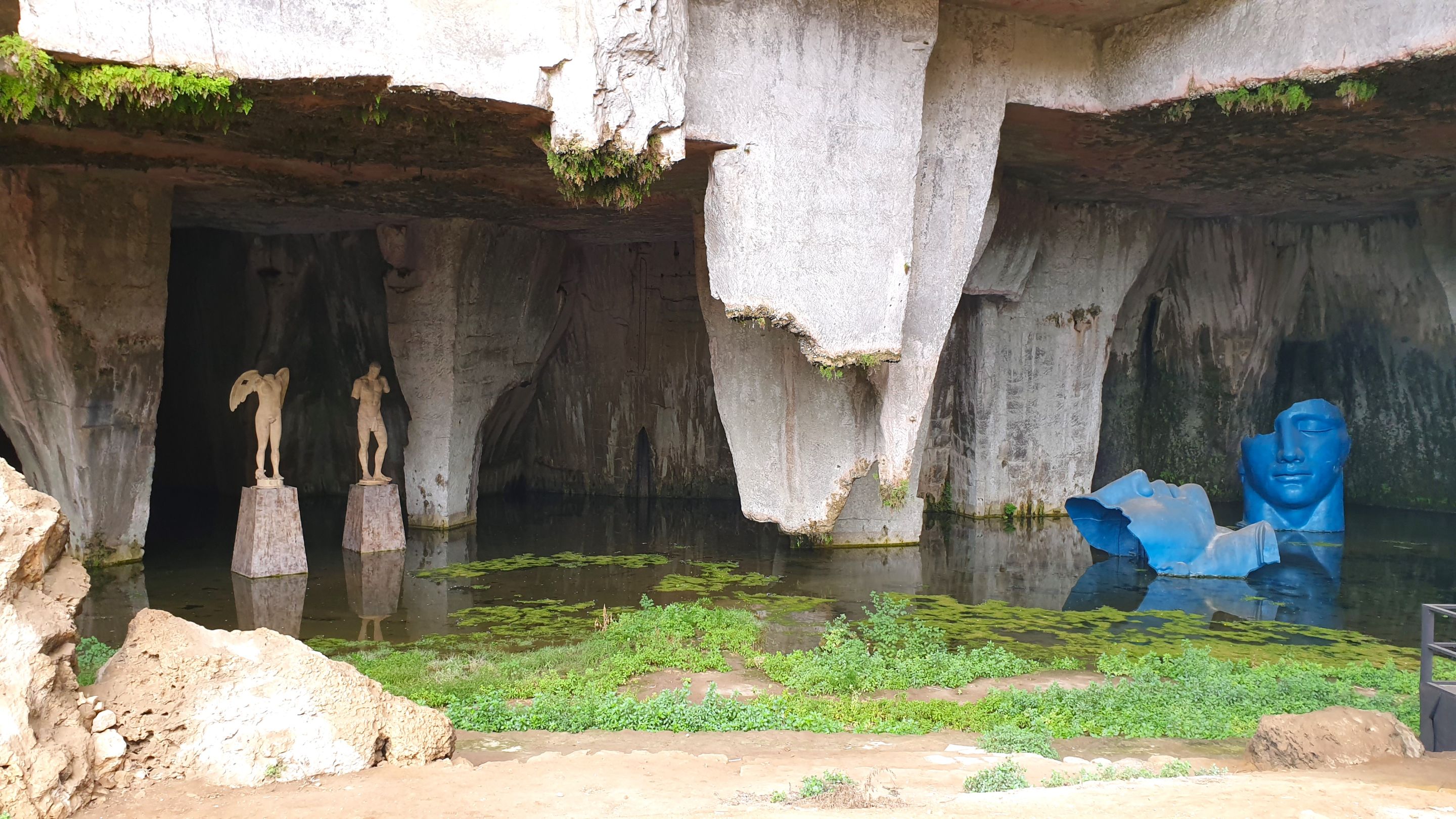
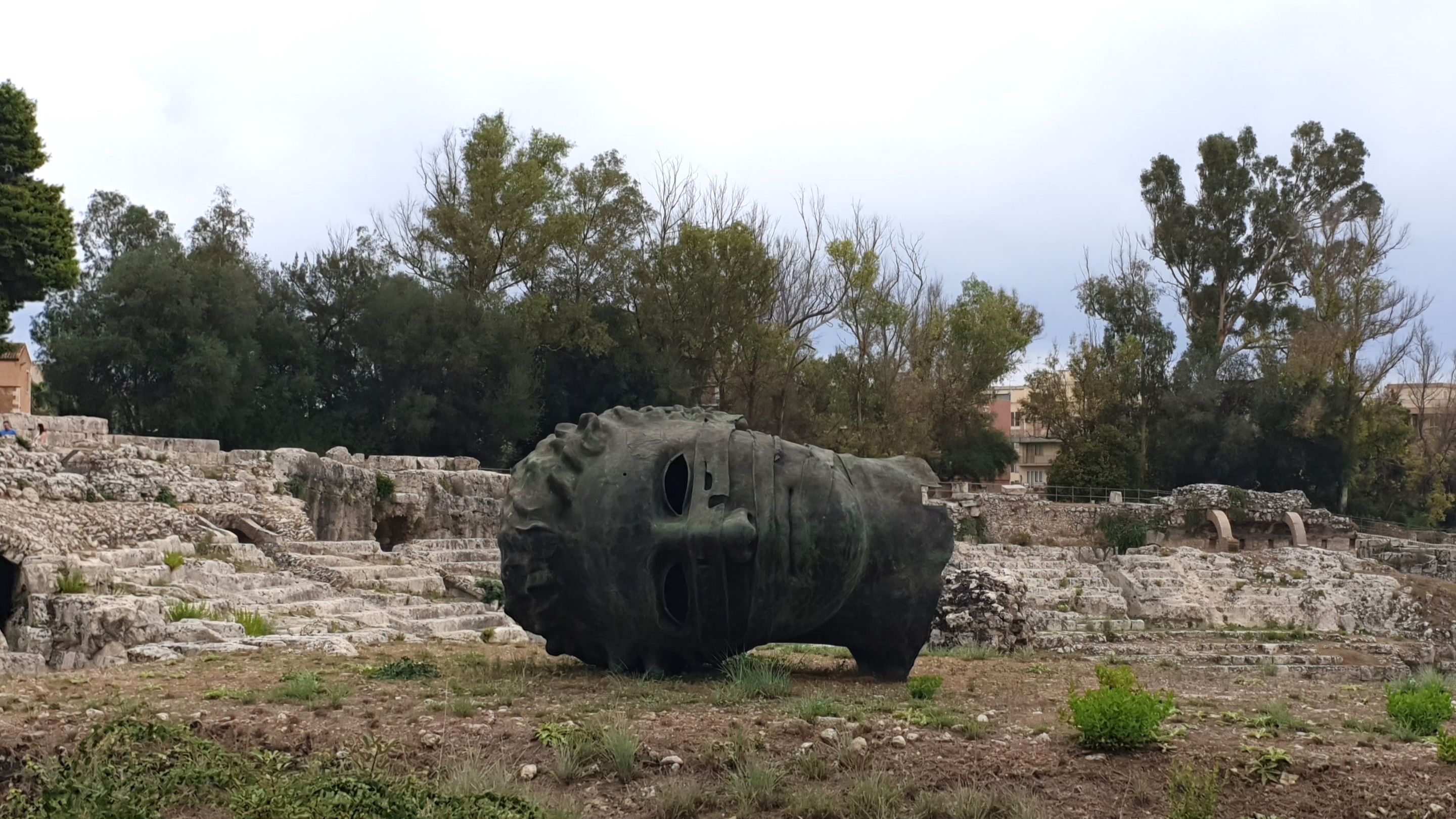
With today's photos, my story of the island of Ortigia ends. It was a truly beautiful experience, which I recommend to anyone who is in Sicily for the holidays. The best times to visit these places are spring and autumn. If you have any questions, write me in the comments! Thanks for reading.
See you next time,
Delilha
Con le foto di oggi si conclude il mio racconto dell’isola di Ortigia. È stata un’esperienza davvero bella, che consiglio a chiunque si trovi in Sicilia per le vacanze. I periodi migliori per visitare questi luoghi sono la primavera e l’autunno. Se avete delle curiosità, scrivetemi nei commenti! Grazie per avermi letto.
Alla prossima,
Delilha










